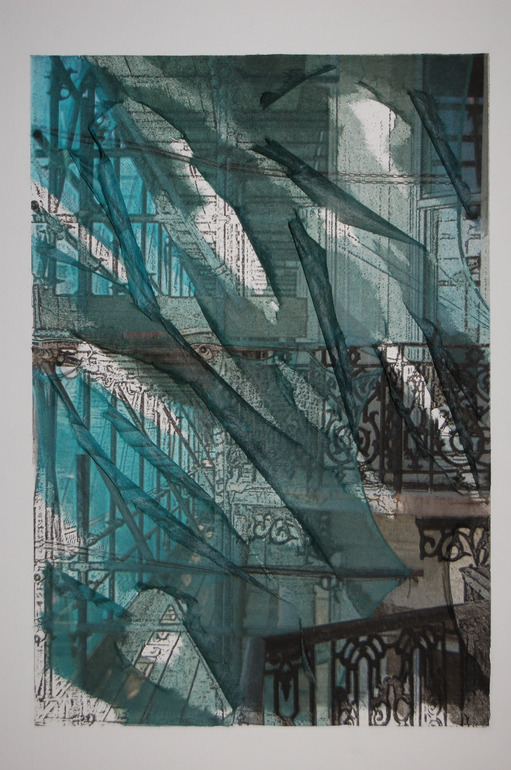 |
| Chamonix 4x5 large format camera |
The little baby shown above was very kindly lent to me by the lovely guys at Landscape Photography Workshops Dav Thomas and Tim Parkin. Suffice it to say that they don't rate digital photographs, finding the colours unreal and inferior to images produced with film. I was presented with a camera kit bag containing everything I would need for the week, together with a tripod that makes mine look like something for a 5 year old child. In my goody bag there were 3 lenses, a black hood, cable release, film carriers, a spot meter and the camera itself which folds up neatly into a little rectangular box shape.
The Lake District is stunningly beautiful in late October, and most of the tourists had gone home for the winter, so it was a perfect escape from life back at home.
On day one I was shown how to use the camera, and I spent the afternoon practising focussing and taking meter readings, without ever taking a photograph, as I failed to find a subject worthy of the equipment. The highlight of the afternoon was a cream and jam scone in the teashop at Aira force waterfall. I have never been a big fan of photographing waterfalls, there being a cliche in there somewhere about photographers and their subject matter. I did sneak into the undergrowth for a quick shot on my Lumix of a tree with a tape around it when no-one was looking; I somehow felt that this wasn't the sort of subject that anyone was expecting me to choose for the Chamonix.
 |
| tree |
I found a tree and some grass; happy to be back in my comfort zone, despite sinking into the bog I produced my first ever large format photograph.
 |
| Oak tree in autumn |
I moved on round the corner and took another shot, this time all by myself, without any help........
 |
| my second ever large format photograph © Caroline Fraser 2011 |
Five days later, I had precisely 7 negatives to develop. it seems that large format photographers do it real, real slow................
So I made a list of the pros and cons
Pros
- enormous negatives make enormous prints; 10x8 negatives can happily be enlarged to the size of the side of a house................
- super sharp landscapes are what landscape photographers really like, and using tilt and shift, you can get a sharp plane of focus anywhere you like, as long as you understand the Scheimpflug principle ........ are you ready for some physics? I thought not..................
- you can have "looming foregrounds" ( the Joe Cornish boulder) ... not something I have ever particularly aspired to, but it can add impact to a landscape.
- film has different colour qualities that landscape photographers enjoy, from super rich Velvia, to the more restrained Provia.
Cons
- you can pretty much guarantee that by the time you set up your shot and get everything in focus, the light that looked so wonderful will have changed and a grey cloud will have appeared that doesn't clear even after you have eaten 3 apples, a sandwich and had time to make notes in your notebook
- your woolly hat will stick to the velcro on the black cloth that your head is under every time the wind blows, making it impossible to see the glass screen or focus the image.
- the kit is very, very heavy , so you will wish to take photos either from the car, beside the car, or a few feet away from the car
- suitable subjects might therefore be a flat path in a flat valley, a tree beside the road, a woodland beside a car park, or a river beside a road.
- the ideal subject will be something indoors in a studio
- you need a lot of expensive new equipment, and there is a recession on
- there are endless difficult decisions about which film to use
I have thought long and hard about my week, which I really enjoyed. I have decided that I would do it again, only if I had a subject matter that didn't require me to carry the kit up and down hills. It really is a sport for fit young individuals. As a form of photography it is considered and planned, and requires a different way of working. As one who enjoys walking and taking pictures as I go, I am not sure it is the answer. But I am really convinced that the quality of the images is something special, and am currently exploring medium format as a compromise............. I can happily carry a Rolleiflex twin lens reflex through the woods on walks with my dog, and still feel that I am moving freely through the landscape, which is how I like to work.
And besides, why spend your day with your head under a black cloth when you are somewhere as beautiful as the Lake District?
See more about them and landscape photography in general at Peak Landscapes for Dav Thomas , Tim Parkin and Great British Landscapes































